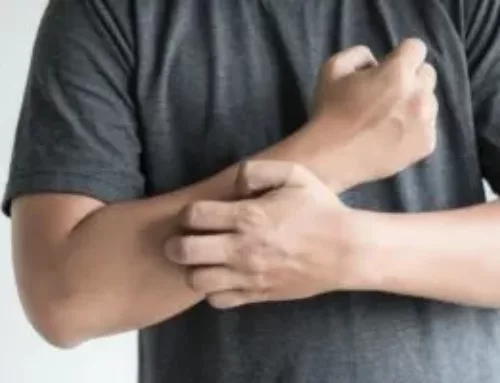Is it okay to exercise during Phase I of the SHAPE Program? Yes! That said, we always recommend light to moderate exercise over a strenuous exercise program.
Exercise and Stress
From a metabolic perspective, exercise can add stress to an already stressed-out body. Carrying excess weight can also make exercise hard on your joints, increasing your chance of injury and inflammation. A less obvious concern, however, is adrenal insufficiency (sometimes called “adrenal fatigue”).
Your adrenal glands sit on top of your kidneys and secrete stress hormones like cortisol. If you’ve experienced trauma or been under too much stress over a long period of time, your adrenals can become tired, causing your body to adapt poorly to stress.
Exercise and Weight Loss
Exercise has been shown to improve metabolism and help you shed excess weight. But when your body isn’t adapting well to stress, exercise can have the opposite effect. Your stress hormones can become imbalanced, making it almost impossible to release excess weight. In more severe cases, you may even gain weight.
Have you or a friend ever experienced a time where you ate perfectly, exercised daily and never dropped a pound? It seems unfair, but it happens all too often, particularly in menopausal women. It all comes down to stress.
We certainly don’t want to scare you away from exercising. Movement is always beneficial, but hitting the gym for two hours a day is not always a guarantee for a healthy body. This is where the SHAPE Program comes in.
The SHAPE Program Enhances Exercise
The SHAPE Program helps you reduce inflammation, detoxify, improve immunity and shed toxic weight. During this process—taking the SHAPE Drops and following the SHAPE Nutrition Protocol—your body chemistry may change, allowing you to better balance stress hormones and make exercise more effective.
It’s important to keep your practitioner informed of your exercise habits. With more movement comes the burning of calories. In order to avoid sending a starvation signal to your brain, your practitioner may need to adjust how much you’re eating so you can adequately refuel.
Defining Light-to-Moderate Exercise

Walking, hiking, biking, swimming, yoga and Pilates are great examples of what we consider light-to-moderate exercise. Some weight-training, classes like Jazzercise and Zumba, or even running and jogging could be considered light to moderate, depending on your health and exercise history. (If you’ve never been a runner, we don’t recommend beginning an exercise regimen that includes running miles a day.)
During Phase I of the SHAPE Program, we discourage intense exercises like marathon training and CrossFit until you’ve seen the health improvements that can come from better nutrition and decreased inflammation.
The great thing about exercise is that there are so many right ways to do it! Do what works for you, your schedule, your preferences and your budget. Joining a gym is fantastic, but there are some wonderful free videos online that you can follow without ever having to leave the house. Here are some recommendations:
If just the word “exercise” stresses you out, try focusing on moving more. There are so many ways you can incorporate movement into your daily life. Here are some ideas:
- Park farther away when you go to the store.
- Take the stairs instead of the elevator.
- Play on the playground with your kids rather than sitting on a bench.
- Set an alarm on your phone or computer to remind you to get up and walk around for a couple minutes every hour during your workday.
- Do some lunges, jumping jacks or planks while you’re waiting for you dinner to heat up or during a commercial break.
- Instead of meeting a friend for coffee, meet at a park or gym.
- Plan a roller skating or rock-climbing date instead of dinner and a movie.
- Do calf raises and squats while brushing your teeth or getting ready in the morning.
- Do wall pushups anywhere to strengthen arms.
- Rake or shovel instead of using a leaf or snow blower.
- Do housework with vigor.
Exercising doesn’t have to be difficult, time-consuming or expensive. The key is moving more to improve your mobility and establish healthy long-term habits.






